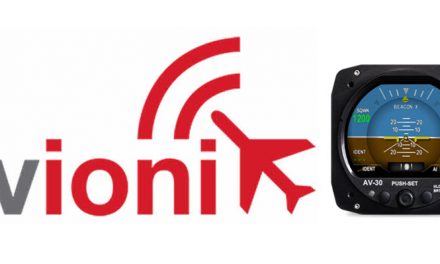On July 23, 2019, the FAA issued AD 2019-13-03 regarding Mode S transponders manufactured by Trig Avionics Limited, which includes Avidyne Corporation AXP340s and Bendix King/Honeywell International KT74s. The summary states that the AD was prompted by “the discovery that the retaining cam that engages in the mounting tray may not withstand g-forces experienced during an emergency landing.”
Trig Avionics CEO Andy Davis said the company discovered an issue with the cam lock in its TT31 model transponder early last year that affects unusually oriented installations, particularly rearward facing, in a certain range of serial numbers.
“We were doing some testing on some other products and we discovered that we had a batch of the cam locks, which had been made incorrectly and did not have the breaking strength that we intended them to have,” he said.
Davis said Trig crash tests its products at 20g in all directions to ensure that they will remain in place and functional regardless of the orientation the customer installs the product in.
“When you crash forwards with any rack-mounted avionic it never comes out so you always pass that test, he said. “When we did the crash test on the transponder going backwards it came loose in the tray. … Once we’d spotted that we didn’t take long before we discovered the root cause.”
The faulty cam locks have a lower breaking point than intended and are subject to bending in a sustained crash, which leads to the transponder coming loose. Once the issue and cause had been determined, Trig, which is based in Scotland, issued a service bulletin and informed the European Aviation Safety Agency of the issue.
“It was us who asked for the AD [because] there are a thousand or more of them out there so how do reach out to that one guy who’s mounted it behind his head,” Davis said.
Owners who think they may be affected are advised to contact Trig Avionics. If it’s determined that the user’s installation is at risk, the transponder can be sent to Trig Avionics to have the cam lock replaced.
Read the full AD here.






